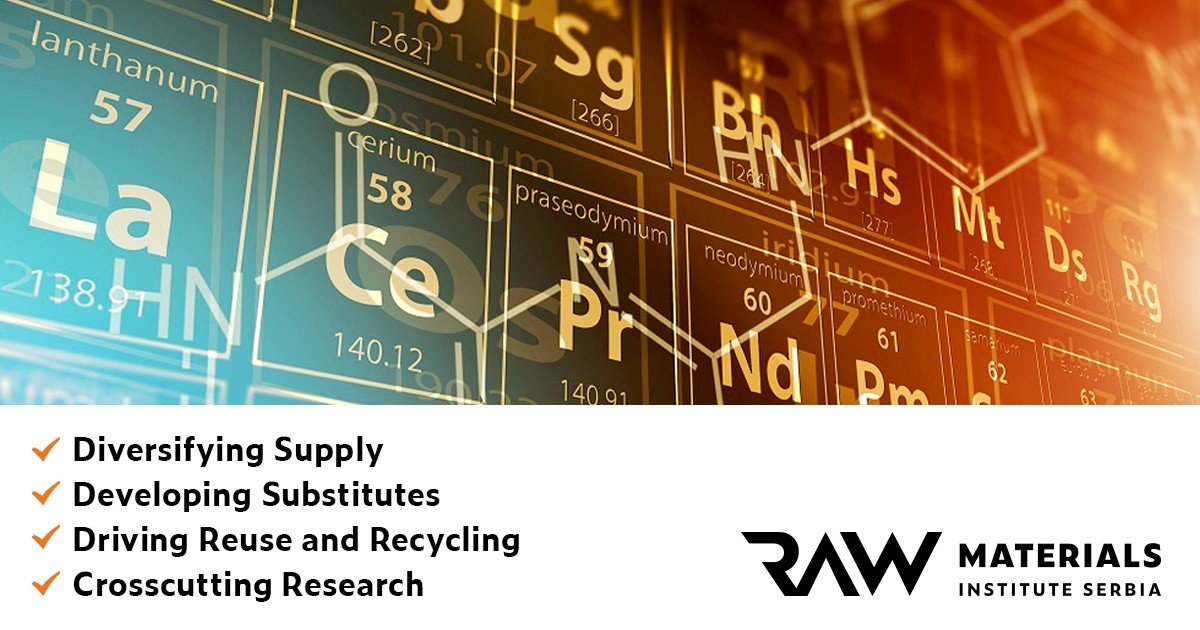In March 2020, the European Commission unveiled the Circular Economy Action Plan (CEAP), a comprehensive set of policy measures geared towards fostering a sustainable and circular economy in Europe. Aligned with the broader objectives of the European Green Deal, the CEAP not only addresses environmental concerns but also seeks to bolster the competitiveness of European industries while reducing dependence on raw material imports.
At the heart of the CEAP is the integration of efforts to decarbonize the EU economy with circular economy principles and digitalization, paving the way for innovative circular business models. This strategic approach underscores the EU’s commitment to tackling environmental challenges while driving economic growth.
Complementing the CEAP, the European Commission proposed a new Ecodesign and Sustainable Product Regulation (ESPR) in March 2022. This regulation aims to enhance the environmental performance of products throughout their life cycle, with a focus on reducing carbon footprint and resource use. It introduces measures to improve product design, durability, and recyclability, along with energy and resource efficiency standards for selected products.
In addressing critical raw materials (CRMs), the ESPR advocates for circular economy practices, such as promoting the use of secondary raw materials and minimizing hazardous substances in products. It also emphasizes extended producer responsibility, advocating for product longevity and end-of-life disposal management by manufacturers.
A key component of the ESPR is the Digital Product Passport (DPP), which facilitates reliable traceability of product information throughout its life cycle, including relevant details for CRM supply chains. This initiative lays the groundwork for potential mandatory requirements, such as product recyclability standards, and provides a legal framework for banning products that hinder CRM recovery.
Together, the CEAP and ESPR demonstrate the EU’s commitment to advancing environmental sustainability, resource efficiency, and circularity in product design and consumption. These initiatives not only drive innovation but also position Europe as a global leader in sustainable development.









